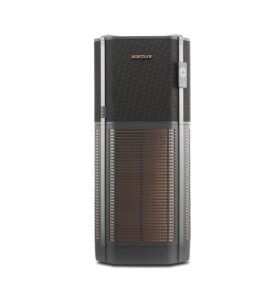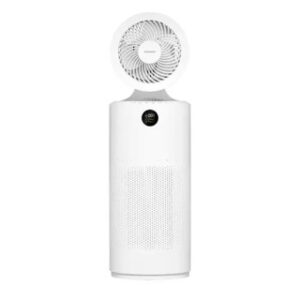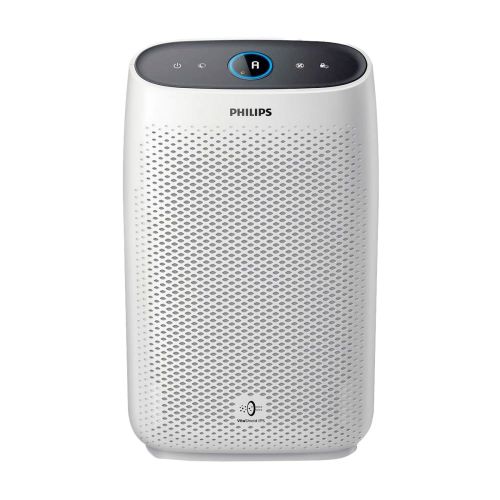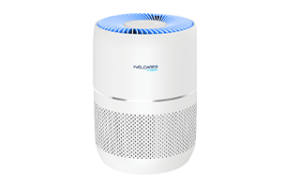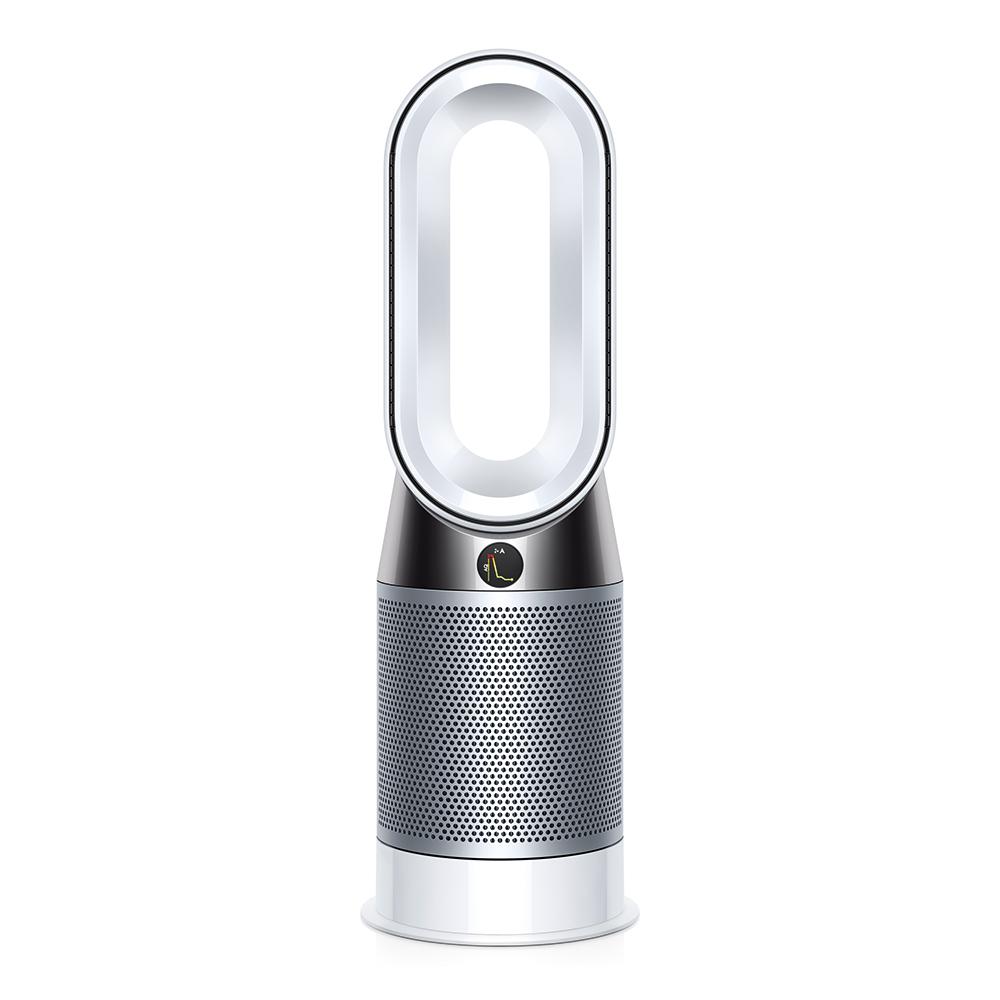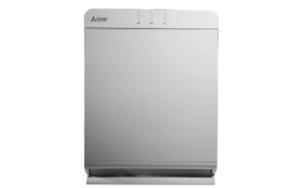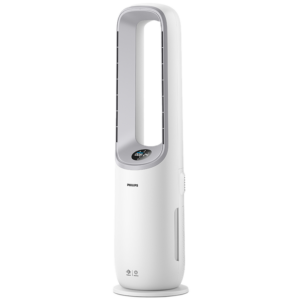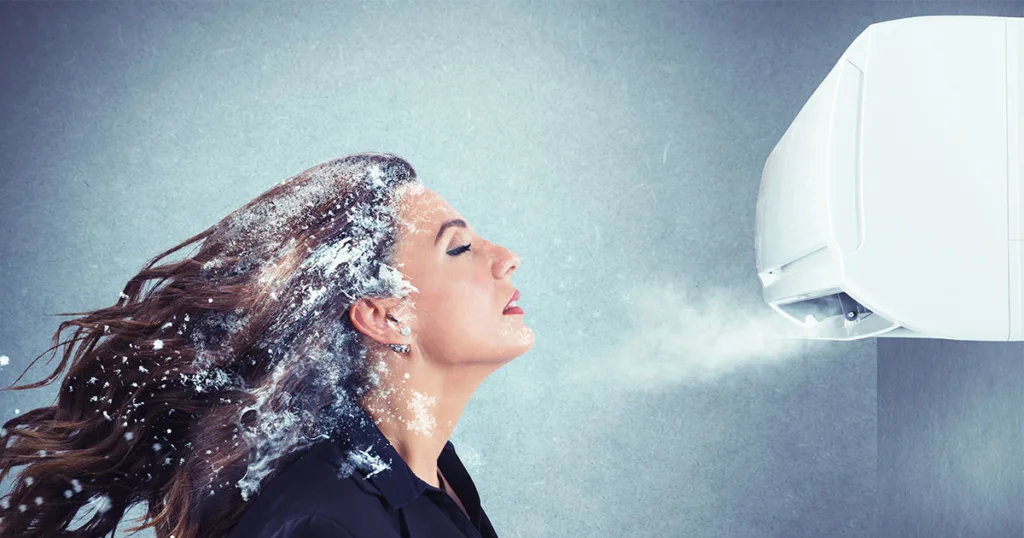HEPA filters are advertised in vacuums, air purifiers, and even air conditioners, but with their surge in popularity it can be easy to just see it as a new marketing buzzword. In reality however, HEPA filters do the heavy lifting when it comes to filtering out airborne viruses, dust mites, mould spores, and even pollen. Picking the right filter can drastically improve your quality of life - you just need to know what to look for.
What is a HEPA filter?
We might make money if you buy something through these links. Click as many as you want.
In this guide:
What is a HEPA filter?
An acronym standing for high efficiency particulate absorbing filter, HEPA filters are an international standard of air filtration. These pleated filters use super fine mesh to trap and remove airborne particles resulting from all manner of pollutants like smoke, dust, bacteria, viruses, and allergens, resulting in fresher air.
Although HEPA filters can isolate many sizes of particle matter (PM), the size we focus on the most is PM2.5. These are some of the smallest particles in the air, measuring in at just 2.5 micrometers - that is small enough to fit through gaps in the lungs and enter the bloodstream. Exposure to PM2.5 particles has been linked to a myriad of health problems, which coupled with the airbourne covid pandemic prompted an uptick in HEPA filtering’s domestic popularity.
We predominantly see HEPA filtering featured on air purifiers, for obvious reasons, but it has started to gain traction in the vacuum world as well. Vacuums with HEPA filtering allow some of the more dangerous particles to get trapped in the filter so users don’t inhale them when cleaning out the canister.
Not all HEPA filters are made equal however. Each filter is rated by a number between 11 - 17; these numbers indicate how efficiently that filter can remove PM2.5 particles. Efficiency scores range from 95% - 99.999995%, with HEPA 13’s 99.95% being the starting medical grade level of purification. The better the efficiency, the fewer particles including bacteria and viruses will make it through the filter.
HEPA 11 vs HEPA 13 vs HEPA 15
Every HEPA filter can isolate the vast majority of PM2.5 particles, but some are better than others. HEPA 11, 13, and 15 are three waypoints across the HEPA scale which can help you determine which filter is going to be best for you.
HEPA 11
Technically HEPA 11 filters aren’t HEPA filters at all. In order to be classified as a ‘high performance’ particulate filter, it needs to be capable of capturing 99.95% of PM2.5 particles. HEPA 11 filters only capture between 95% - 99%, and are technically EPA filters instead.
These will still eliminate a good chunk of airbourne particles, but at least 10,000 - 50,000 out of every million particles will break through and remain in the air.
HEPA 13
These filters are the first lot to achieve the ‘high efficiency’ rating, and are deemed medical grade and fit for use in hospitals. HEPA 13 filters handle between 99.95% and 99.99% of PM2.5 particles, allowing just 100-500 of every million particles through.
In theory these filters can be washed and reused, but this can dull the efficacy over time.
HEPA 15
Like HEPA 11, HEPA 15 isn’t HEPA at all, instead it is an ULPA filter standing for ultra-low particulate air. ULPA filters have a more dense mesh of fibres than traditional HEPA filters and can remove 99.9995% of particulate matter from the air. These are typically used in totally sterile environments like research labs, and are difficult to find in consumer-grade electronics.
Which HEPA filter is best?
As a general rule, the higher the number after the HEPA, the more efficiently it will work. For consumer-grade appliances, HEPA 13 filtering is both the most common and the best air purification option available. EPA 11 or EPA 12 will still significantly change your indoor air quality, but given the option always go for the higher number.
Air purifiers with HEPA filtering
Related Articles




